Mughniyeh, also known as al-Hajj Radwan, first rose to prominence during and after the consequential 2006 war between Lebanon and Israel, which saw Israel getting a taste of defeat for the first time in its decades-long history.
In the blistering summer of that year, few people had expected Lebanon would trounce Israel, which enjoyed unwavering military support from the United States and other Western powers. Israel had much boasted about the invincibility of its armed forces. And its track record of wars with some Arab states left little doubt about who would win the war.
But Israel was to get a big surprise. After 33 days of bloody war, it was clear that the days of Israel scoring military victories were over. Israel’s armed forces launched an all-out attack against Lebanon with the purpose of achieving a swift victory.
Israeli air forces targeted Lebanese infrastructure including power plants, Beirut Airport, roads and bridges, killing a lot of Lebanese people. The war began on July 12, 2006, and lasted 33 days, when the warring sides agreed to an UN-brokered ceasefire on August 14 in accordance with the UN Security Council Resolution 1701.
Lebanon declared victory over Israel. In a televised speech at the time, Hezbollah Secretary-General Sayed Hassan Nasrallah congratulated the Lebanese on “the strategic and divine victory” over Israel. Similarly, regional leaders, including the Emir of Qatar and the then-president of Iran congratulated the Lebanese leaders on their victory over Israel.
The 2006 war was fought differently on the part of Hezbollah while Israel had stuck to its traditional way of fighting – blanket bombardments and land advances. Hezbollah troops employed many tactics that caught Israeli troops by surprise. For instance, Israeli troops thought that they were at war with ghosts. It wasn’t clear how they would come out from behind the front line. During the 2006 war, Hezbollah prepared the battleground in such that its forces would go into hiding in trenches and then pop up behind the advancing enemy troops.
The mastermind behind Hezbollah’s military tactics was Imad Mughniyeh, who was at the time the commander of Hezbollah’s military wing. Mughniyeh was both a field commander and strategist.
Israel knew full well who was behind its defeat. In the 2006 war, Mughniyeh was on the front line, organizing his forces personally.
His pivotal military role made him a prime target for many world intelligence agencies. All spies in the region were looking for a clue that could lead them to him. But Mughniyeh was extremely precautious and strictly adhering to security precautions galore. He was not the one who would tread the same path twice. At the same time, he never had bodyguards or accompanying security detail. A meeting with him was possible only if he okayed.
Mughniyeh was not always Mughniyeh. Sometimes he was Mustafa, other times Mortada among other names. Mughniyeh continued to operate under pseudonyms and in a convert way until a gray Mitsubishi Pajero went off in the Kafr Sousa neighborhood of Damascus on February 12, 2008. Mughniyeh got martyred in the explosion.
Mughniyeh trained and organized a generation of jihadi and Resistance leaders in the region that continue to operate to this day. His innovative military tactics also live on even after he is no longer among the rank and file of Hezbollah.
He set up military and security infrastructure for the Resistance Axis whose influence stretches beyond Lebanon.
In a 2008 speech, the Hezbollah chief underlined the need for the Islamic Ummah to get acquainted with Mughniyeh, not for the sake of the martyr, but for the sake of itself.
“The right of Hajj Imad Mughniyeh, the martyr, is for this Ummah to know him for its sake, not for him. And it is his right on the Ummah to do justice to him for its sake, not for his sake. And his right upon the Ummah is to draw inspiration from his spirit, lesson and jihad for its sake, not for him,” Nasrallah pointed out.
First published in Tehran Times


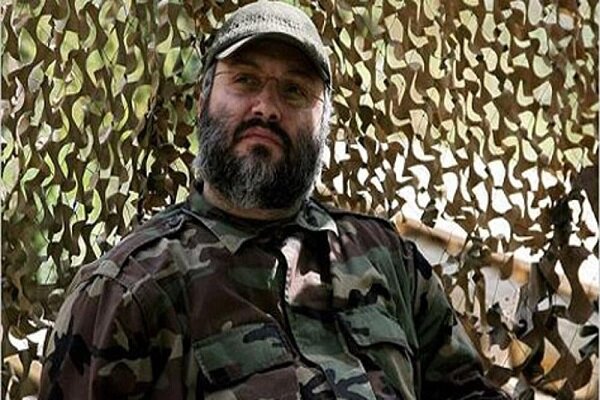




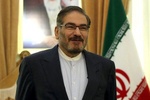
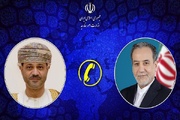
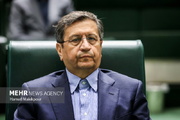
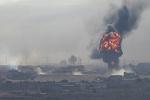
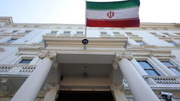
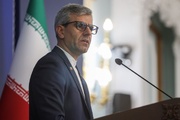









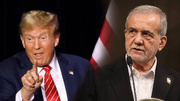



Your Comment